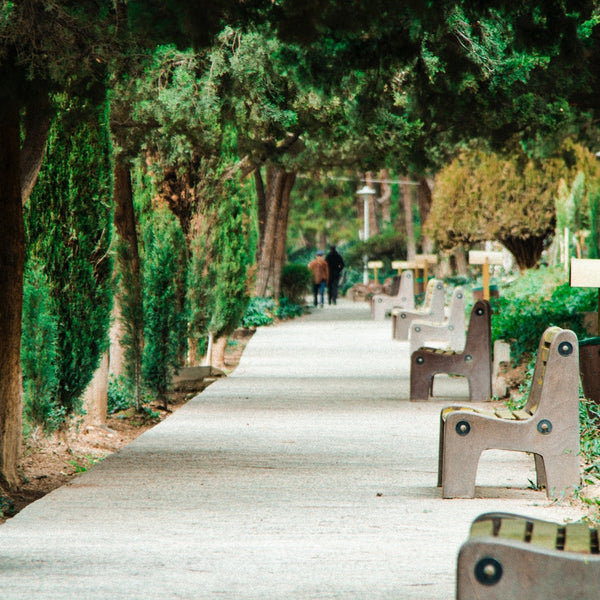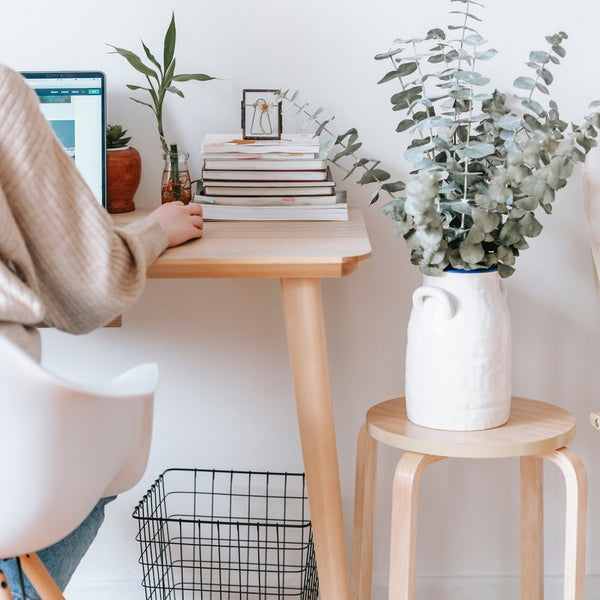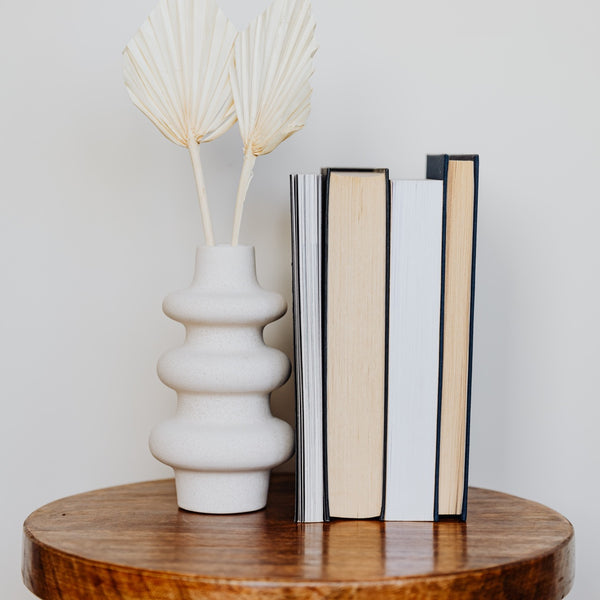Tune Into Your Senses for Inner Calm

“Nothing can cure the soul but the senses, just as nothing can cure the senses but the soul.”
–– Oscar Wilde
Bittersweet chocolate melts on our tongue and fills us with pleasure. We hear a love song and it transports us back to the innocence of our first teenage kiss. Our senses ignite our experiences. Like paints on an artist’s palette, they color the canvas of our days, adding dimension, texture and meaning. Instead of passively going by on autopilot, when we’re fully tuned in, time takes on a more fluid form and illuminates the present.

As children we are natural born explorers playing in sandboxes and climbing trees. The world is a place of newness. Each sound, sight, touch and taste, brings curiosity and wonder. And eventually, as we grow and perform repetitive actions, we pay less attention to what we’ve encountered before, taking for granted results will be the same. Sometimes we can’t imagine where all the time went. Often, it’s said that time goes by faster as we age. But I don’t believe that’s true. I think it’s something much less obvious: sameness brings lack of awareness. And since we don’t remember the moments passing, this gives the illusion of speed. Stare at a clock for one minute… Watch each second go by... and you’ll be amazed how long it seems.
Wellness is nurtured through the senses. Healing touch, aroma, music, color and art therapies, all bring a sense of calm to the mind, body, and soul. As we combat the fear response, we send a message to the brain that we can breathe easy. And when our senses don’t function correctly, the body finds a way to heal itself. Like good friends who have our backs in a crisis, when one sense is impaired, the others compensate by becoming stronger. As discovered in a recent study, (Massachusetts Eye and Ear Infirmary) those born blind, had structural changes in the brain that served to intensify other senses, to help make up for the loss.

So… how do we heighten awareness of our senses? It’s tricky. In many ways, our culture encourages habits that desensitize us. What is multitasking other than fragmenting attention? The Internet opens a world before us, and as we mindlessly click, our eyes zigzag in all directions. Remember how it feels to look at a thing of beauty, a painting, face, or nature, and get lost in it? There’s a real sweetness in focusing on one thing at a time. With clarity we experience a shift, leading to the possibility of greater insight and intuition. As we become calmer and more self-aware, synchronicity happens. Subtle nuances and surprises reveal themselves. Because no matter how ordinary events may appear, the world is in a constant state of whirling change. If we forget to notice, we miss out.
Here are some ways to practice coming to your senses.
*All are intended to be done unplugged.

Scent - Sense Memory Jar
The acting exercise “Sense Memory,” helps actors relive sensations of previous events in order to conjure up similar emotions. In this exercise, our olfactory sense functions like an intuitive time machine and transport us to another time and place.
What you’ll need: a small mason jar, no bigger than 16 oz, with a tight lid, cotton balls, essential oil, or herbs of your choosing.
How to make it work: select an aroma that elicits a positive response. Suggestions: vanilla (beans or extract), tangerine oil, or dry lavender blossoms. Place a few drops of extract or oil on the cotton, or loose dry flowers, cover and leave overnight. In the morning when you wake, open the jar. Close your eyes and inhale as slowly as possible through your nose. Allow the images to flow through your mind as you exhale.

Taste - Slow Salad
Before the term mindful eating existed, chef and restaurateur, Alice Waters, pioneered the slow food movement, in favor of simple yet luscious recipes, allowing us to experience the true taste of each ingredient. In that same spirit, this exercise brings attention to the act of tasting.
What you’ll need: a small handful of leafy greens, one heirloom tomato, one scallion, glass of water.
How to make it work: With no utensils, taste each vegetable, giving it your full attention. Chew with closed eyes. Practice releasing judgment, as many times as you need, until you can experience the flavor as if it’s new. Give it a chance. Become curious… Is it spicy? Tart? Juicy? Sweet? Stay in moment of each mouthful. Drink water as needed. Between each vegetable, drink several sips of water, then pause for a few minutes before moving on to the next.

Listen - Open Sound Meditation
There’s a misconception that we need tranquility in order to meditate. Instead of expending energy to shut out external stimuli and go within, we can choose open up, embrace our surroundings, and hone our senses. In this case, our ability to listen.
What you’ll need: a seat or cushion. Preferably a noisy environment, although any setting will do.
How to make it work: sit in a comfortable position. Roll your shoulders back and down. Gently align your spine with ease. Feel your neck and head lift naturally toward the sky. Breathe through the nose into the belly, slowly. Close the eyes. Listen for the sound of your breath. Allow the thoughts to pass through your mind without judgement. Then, let your listening run out. What do you hear…? From the loud and obvious, to soft and faraway, as you encounter each sound, linger in it. Rest in this awareness for 5-15 minutes.

Touch - Heal & Feel
Holding hands, the gentle brush of fingers can be so intimate the whole body experiences it. In reflexology, it’s believed that pressure points in the hands and feet connect to organs and systems in the body. For the purposes of this exercise, you’ll give yourself a self-care massage.
What you’ll need: unscented almond, or coconut oil.
How to make it work: wear loose comfortable clothing and sit in a quiet room. Gently stretch your fingers and make circles with the wrists in both directions. Once your hands are limbered up, begin massaging your feet, starting at the ankles and work downward. Make light strokes and firmer circles, as you work the surface of you feet. Give thanks to the feet for tirelessly supporting your weight through the day. Let the eyes open and close, and notice each sensation.

Vision - Capture Beauty
What we see is so powerful, the eyes are commonly known as “windows to the soul.” And while images of beauty vary greatly according to the viewer, there’s no denying its transformative power. With this exercise we’ll not only bring focus to our gaze, but the emotion it stirs.
What you’ll need: an undisturbed space, a flat movable image you find exquisite. This can be a work of art, a photograph, or printed page, the more colorful the better.
How to make it work: Sit or stand. Hold the image in your hand for three minutes. Think of all the reasons you enjoy viewing it. And then, turn it upside down, and place it in a fixed spot, across from your eye line. Now let your gaze rest on the image. Begin to explore all that you see, from the teensiest speck to the broadest stroke. Release your ideas about the image, and experience it in a new way. Absorb each detail. Imagine the image becoming larger, and larger, enveloping you in its beauty. Continue for 5-8 minutes.
If you’d like to incorporate the habit of sensory awareness into your life, an easy yet effective way is to pause for a few moments throughout the day; wherever you are, take a moment to notice each sense. You’ll be surprised at how balancing it feels. And for further inspiration, I suggest reading, Diane Ackerman’s gorgeously written love letter to the human body, “A Natural History of the Senses.”



